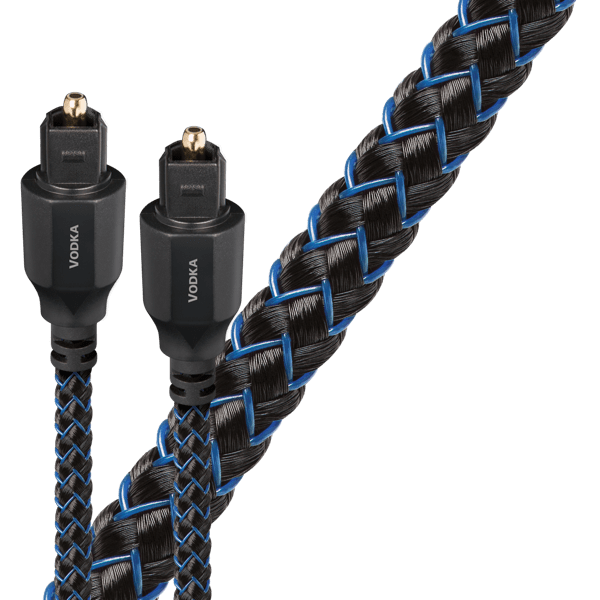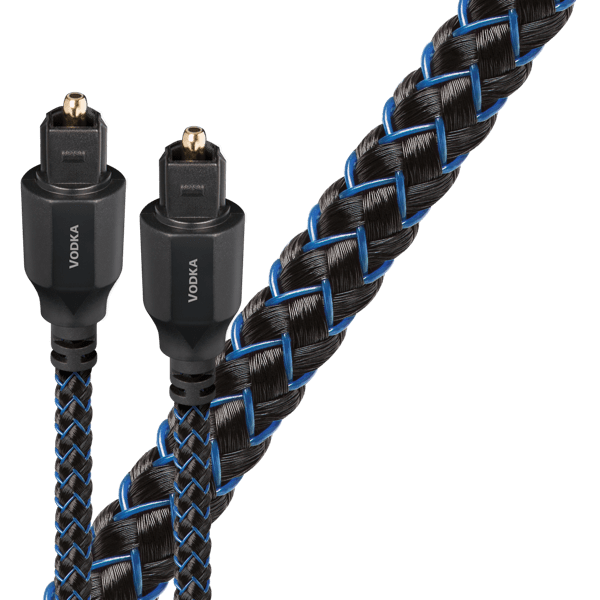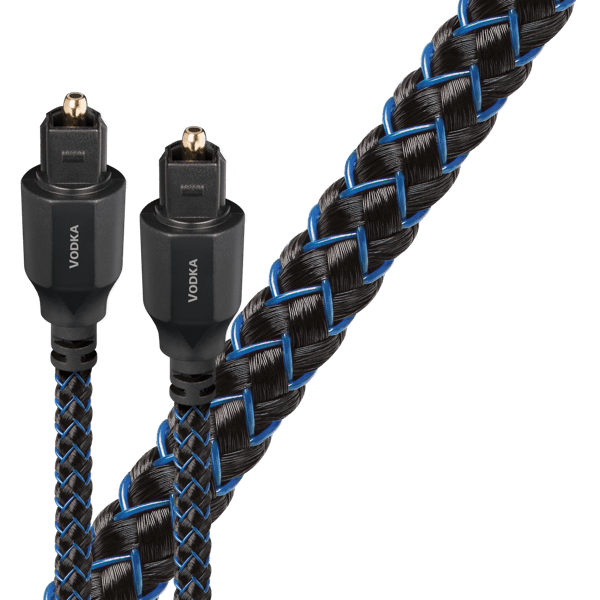AudioQuest Vodka Optical
AudioQuest Vodka Optical
While optical cables are not our first choice for connecting high-performance audio gear together, it is a ubiquitous interface in the world of video and home entertainment. Using AudioQuest Vodka optical to connect your PerfectWave 2-channel system to a television or cable-box brings new life to movies and television programs.
Imperfections in standard optical fiber scatter the light information, leading to sound with less clarity and a need for more error correction The superior fiber and finely polished optical interface of AudioQuest Vodka fiber-optic cable avoids these problems.
Regular price
$330.00 USD
Regular price
Sale price
$330.00 USD
Unit price
per
Shipping calculated at checkout.
Couldn't load pickup availability

TALK TO A HI-FI SPECIALIST

-
Design
-
Application
Technology



